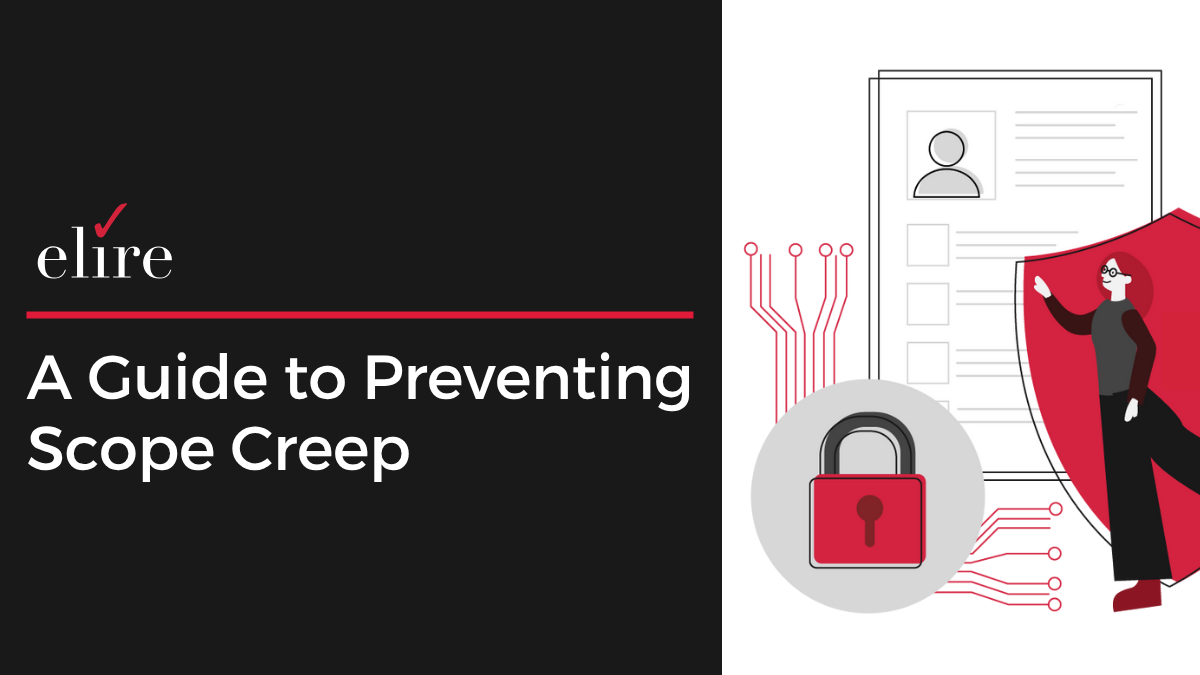
A Guide to Project Scope Management
Project Scope Management is the process of clearly defining, and controlling, what work is included—and what isn’t—in a project. This knowledge area, defined by the Project Management Institute (PMI), ensures teams stay focused on delivering exactly what is required without unnecessary additions.
Scope management is critical in large-scale Cloud Implementations to prevent scope creep. Scope creep includes any uncontrolled additions to the pre-defined scope and can lead to projects that are over budget and under delivered. To prevent scope creep and missed requirements, it is important to leverage the PMI’s Scope Management framework to maintain control:
- Initiating
The best way to prevent project scope creep begins with a solid foundation. During the Initiating phase, the Project Charter sets clear expectations by defining what is, verses what is not, in scope. For Oracle Fusion projects, this means clearly outlining which modules, integrations, and business processes will be included.
- Planning
Clear planning transforms a high-level scope into a detailed plan that helps guide execution. The Scope Management Plan, Work Breakdown Structure (WBS), and Requirements Documentation help create a formal baseline for the project. Elire uses our Project Management toolset in Smartsheet to facilitate this process.
Scope planning for Oracle Fusion-specific projects is tightly aligned to module-specific configurations and client business processes. Our discovery workshops are used to document business requirements, constraints, and assumptions to help reduce scope creep later.
- Executing
Execution is often where scope creep emerges; new ideas and requests can easily accumulate and impact the project timeline and budget. Elire combats this by using our Requirements Traceability Matrix Template (RTM) and Dashboard. A properly built RTM calls out items that are in scope/out of scope, approved, and integrates seamlessly with the Business Process Inventory.
The RTM is a foundation we return to for tracking prototypes and testing approvals. When scope questions or requests arise, the team can refer to the baseline to avoid unapproved work from proceeding. Effective scope control during execution is crucial, helping to reduce rework and preventing a project from going over budget.
- Monitoring + Controlling
Preventing scope creep requires more than just controlling change—it requires ongoing validation that the project is following its defined scope. One key tactic is reinforcing client sign-off at each phase, through deliverable approvals or structured phase-specific reviews. These formal checkpoints help ensure that work is being completed as planned and that all parties are aligned before moving forward.
Items that fall outside the agreed-upon scope—whether brought up in meetings, design discussions, or testing—should not be dismissed rather documented thoughtfully. At Elire, we track these out-of-scope items as “parking lot” entries in the RAID log. This ensures nothing is lost and gives the project team a place to revisit those ideas in the context of future enhancements or change requests (CRs). By logging out-of-scope ideas appropriately, we avoid derailing current delivery while still honoring stakeholder input. This approach supports disciplined scope control and maintains transparency throughout the project implementation.
- Closing
At project close, the focus shifts to validating that all agreed-upon scope items are complete and approved. Elire compiles comprehensive documentation, including the final Requirements Traceability Matrix and configuration guides. The team also conduct lessons learned reviews to identify where scope creep was successfully managed—or where it slipped through—and capture improvements for future projects. This continuous improvement mindset helps tighten scope discipline over time.
Final Thoughts
Scope creep is a natural risk on complex projects, but can be prevented with clear boundaries, strong planning, and formal change control. When managing Oracle Cloud implementations, your best defense against scope creep is returning to the scope baseline and using transparent tools to track requirements and changes.
Scope management isn’t about saying no to new items—it’s about making intentional decisions on what to include, when, and why, so your project delivers real business value on time and on budget.
Author
-

Maggie Berg is an insightful, collaborative, and dedicated Project Manager, with 2+ years of experience in Project Management. She continues to show her strong ability to build project tools, manage timelines, and communicate effectively with stakeholders to ensure project objectives are met on time and within budget. Her experience with Oracle Cloud, Kyriba, and PeopleSoft implementations and upgrades and a passion for building strong and trusting relationships to move forward and reach team goals.
View all posts
